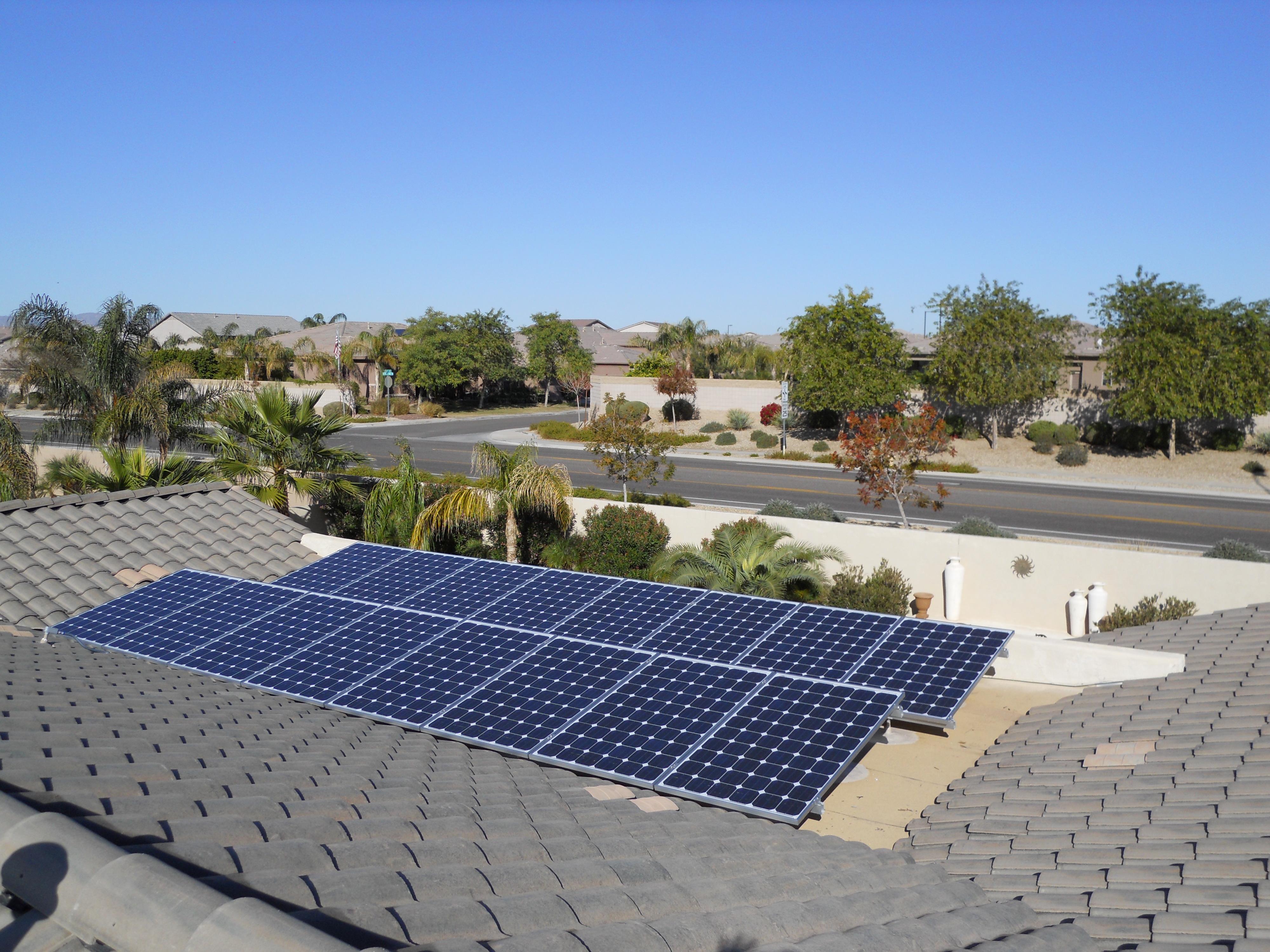Financing a Clean Energy Economy
02/23/2016 Leave a comment
Financing a Clean Energy Economy – Opportunities and Risks for Businesses & Investors
Opportunities in a clean energy economy
*“The race for renewable energy has passed a turning point. The world is now adding more capacity for renewable power each year than coal, natural gas, and oil combined…
The shift will continue to accelerate…” (BNEF) 1
* Costs for electricity from solar and wind are plummeting and are now lower in some markets than electricity from coal or natural gas and still dropping (NYT) 2
* Some U.S. utilities are choosing solar and wind, reasoning that fixed prices for renewables protect ratepayers from price hikes 3
* Worldwide, last year, $329 billion was invested in renewables 4
* “{M]ore than half the world’s annual investment in clean energy is coming from emerging markets instead of from wealthier nations..” 5
* Businesses can save substantial amounts of money by reducing energy use. 6
* “Green mutual funds, invested in companies with exceptional environmental credentials, now outperform ‘black’ funds – which invest in fossil fuels – by more than 14% over the period 2012 to 2014.” 7
*.”. a look at profits and losses….made clear,[that] companies and investors that shun sustainable, low-carbon assets stand to lose a lot of money” (UN Investor Summit) 8
Acknowledging risks in using fossil fuels and making changes
* “Budget experts are also starting to see rising costs on the federal balance sheet. …disaster relief…Vulnerability of nation’s roads, bridges and waterways due to rising sea levels and changing weather pattern….U.S. military installations & operations are also threatened…” (Budget committee hearing) 9
* Climate change will have, ‘specific, measurable impacts on our nation’s current assets and ongoing economic activity…By not acting to lower greenhouse gas emissions today, decision-makers put in place processes that increase overall risks tomorrow” 10
* The U.S. government subsidizes the use of fossil fuels four times more than it subsidizes clean energy (Tax committees) 11
* U.S subsidies for fossil fuel, if you include… environmental damage like local air pollution, health costs, and other externalities, is estimated for 2015 at $5.3 Trillion or about $1800/person/year (IMF) 12
* The International Energy Agency (IEA) recommends phasing out fossil fuels subsidies and increasing renewable subsidies. 13
* People who invest money for others – for pensions, countries, and institutions should assess and monitor the impacts of climate change on investments and invest in clean energy, (Mercer) 14
* “350 global institutional investors representing over $24 trillion in assets have called on government leaders to provide stable, reliable and economically meaningful carbon pricing that helps redirect investment commensurate with the scale of the climate change challenge, as well as develop plans “to phase out subsidies for fossil fuels.” (Ceres) 15
* “Let’s remove the barriers … that protect the monopolies and allow consumer choice and freedom” 16
* “solar energy is cheap, plentiful and offers a monopoly-busting solution to generating electricity “ 17 (Dooley)
Footnotes:
- http://www.bloomberg.com/news/articles/2015-04-14/fossil-fuels-just-lost-the-race-against-renewables
- http://nyti.ms/1MZGIke
- http://www.utilitydive.com/news/utility-scale-solar-booms-as-costs-drop-challenging-gas-on-price/406692/
- http://www.bloomberg.com/news/articles/2015-11-23/leapfrogging-to-solar-emerging-markets-outspend-rich-countries-for-the-first-time
- Improvements in energy efficiency earned 196% payback over 2 to 3 years for S&P500 companies reporting to the Carbon Disclosure Project (CDP) https://www.cdp.net/CDPResults/3-percent-solution-report.pdf
- http://www.business-school.ed.ac.uk/about/news/2320 Also “the six major renewable investment funds yield between 5.5% and 7% – attractive returns in the current market. http://bit.ly/1mCJoNJ
- http://bit.ly/1mCJoNJ Guardian article referring to Jan 2016 UN Investor Summit on Climate Risk with 500 global investors representing an estimated $22tn in assets
9.Budget Committee Hearing 2014 chaired by Sen Patty Murray
//www.budget.senate.gov/democratic/public/index.cfm/2014/7/the-costs-of-inaction-the-economic-and-budgetary-consequences-of-climate-change-opening-statement-of-chairman-murray
- Risky Business A Climate Change Assessment for the U.S. (co-chairs: Henry Paulson, Michael Bloomberg, Tom Steyer) http://riskybusiness.org/report/overview/executive-summary
- The Joint Committee on Taxation $30bn for oil, coal and gas related . $6.2 bn for efficiency and clean energy related. Estimates Fed Tax Expenditures 2012-2017
https://www.jct.gov/publications.html?func=startdown&id=4503
- http://www.imf.org/external/pubs/ft/survey/so/2015/NEW070215A.htm
- https://www.iea.org/Textbase/npsum/WEO2015SUM.pdf
- http://www.mercer.com/insights/focus/invest-in-climate-change-study-2015.html
Statement by 350 institutional investors handling $24Trillion in funds
- http://www.ceres.org/press/press-releases/world2019s-leading-institutional-investors-managing-24-trillion-call-for-carbon-pricing-ambitious-global-climate-deal
- http://www.theguardian.com/us-news/2015/dec/06/debbie-dooley-tea-party-solar-energy-florida-environment
- Debbie Dooley, co-founder of tea party and green tea party https://www.climaterealityproject.org/blog/debbie-dooley-changing-how-conservatives-think-about-clean-energy


